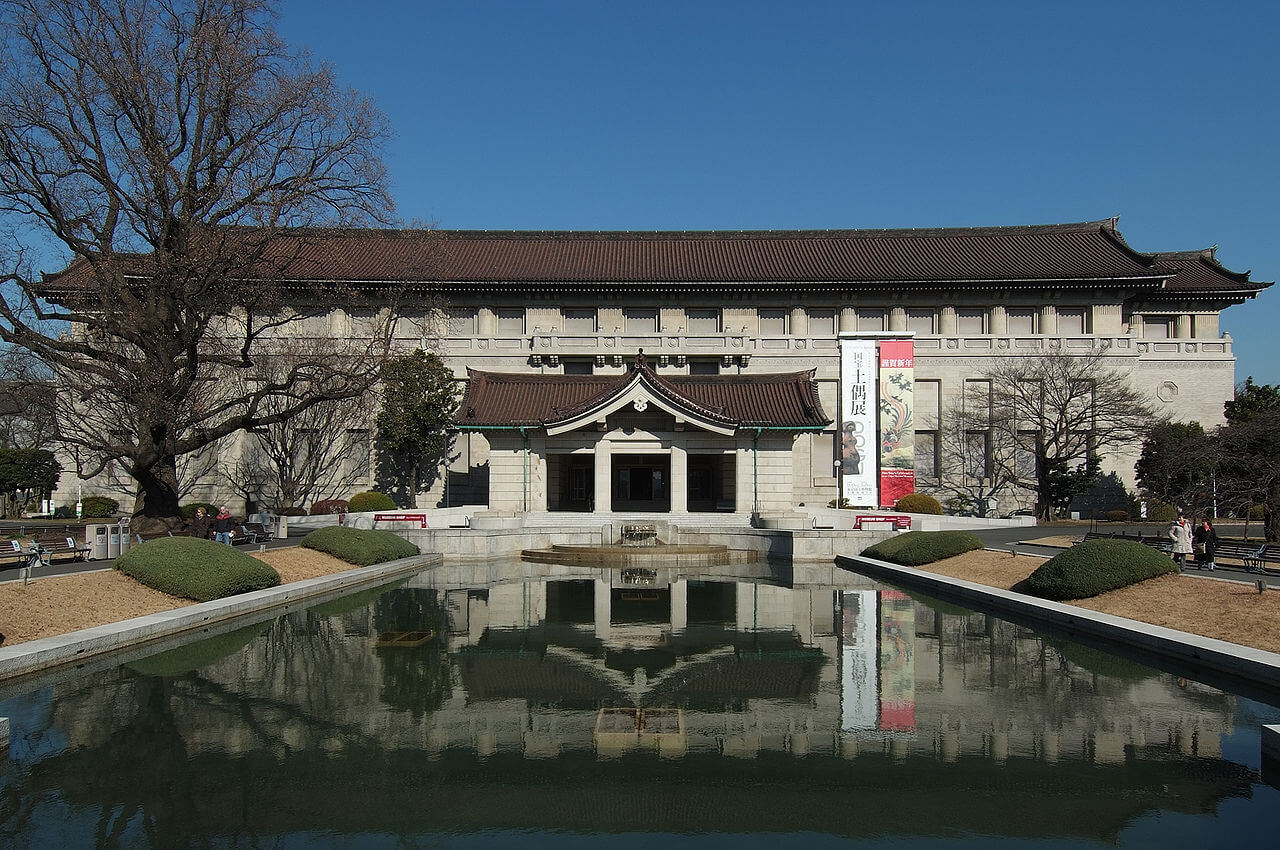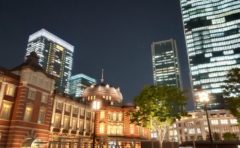“Tokyo National Museum” in Taito Ward, Tokyo is Japan’s oldest museum aimed at collecting and storing cultural properties of Japan and the Orient, exhibition disclosure, survey research, and dissemination.
Here, we will introduce the charm and overview of “Tokyo National Museum” in detail.
Outline & charm of “Tokyo National Museum”
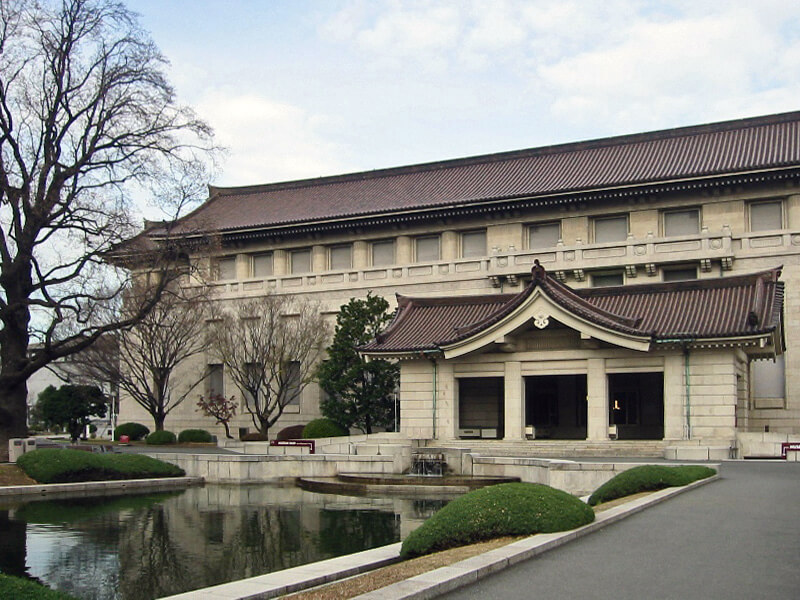
“Tokyo National Museum” located in Uenogushiri Park in Taito-ku, Tokyo was created as a result of Japan’s first exposition held at Yushima Shrine in 1872 and started exhibition at the present Ueno Park from 1882 It is the oldest museum. There are five main exhibition halls, museums, and other facilities with main building and the Keio Hall, Toyokan, Heisei hall, Horyuji Treasury building, and other facilities, with more than 110,000 collections including National Treasures and Important Cultural Properties and 3,000 Since we have more than one consigned items, art goods and public archetypes that can not be seen in a day are exhibited.
Even those who say that there are fine designs to prove, exhibit composition, exhibition cases, etc. so that you can appreciate the work firmly, and because there are several exhibition panels explaining the exhibits, even people who have never been to the museum so much It has become to be enjoyable.
In addition to permanent collections of collections called these general cultural exhibitions, special exhibitions where valuable exhibits both at home and abroad can be seen are held about three times to five times a year at “Tokyo National Museum”, making long lines There is also popularity as much as possible. Since four of the buildings on the site of the “Tokyo National Museum” are designated as important cultural assets, we encourage you not only to see the exhibits but also to see historically deeply valued buildings.
Highlights of the “Tokyo National Museum”
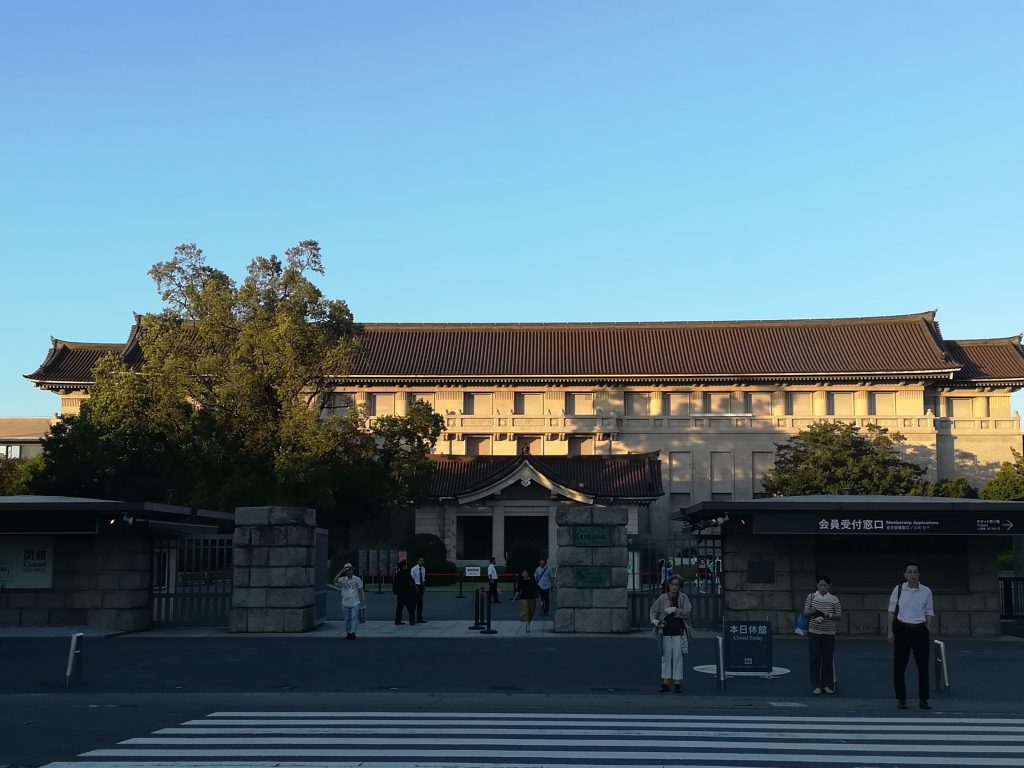
Main building
The main building, which jumps into the eyes from the main gate, was a building opened in 1938. Hitoshi Watanabe who designed the Hotel New Grand in Yokohama and the Dai-ichi Life Center in Tokyo Marunouchi was designed and built. In the main building, the building itself is designated as an important cultural asset, and it is a representative building of the imperial style architecture which became popular in the early Showa era.
Japanese art, crafts and historical materials are displayed in the hall, and on the second floor it is possible to see Japanese goods like what you have seen in textbooks such as pottery in the Jomon period and Ukiyoe in the Edo period. In the National Treasure Room, from the National Treasures held by the “Tokyo National Museum”, selected works are mainly exhibited, mainly on documentaries and folding screens, so you can not miss it.
Toyokan
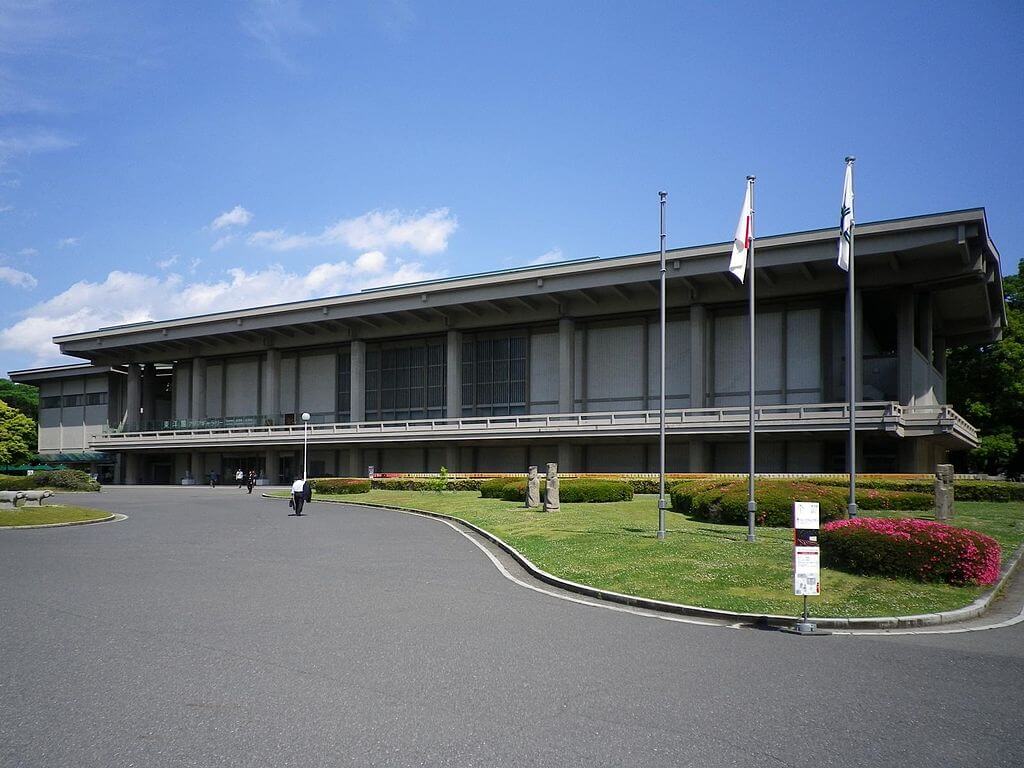
The “Toyo-kan” of the Tokyo National Museum consists of 1 F to 5 F and the basement, and you can see exhibits of Asian art, especially Asian art. Among them, we will pay attention to the Chinese art deeply diplomatic with Japan.
Chinese artworks are mainly seen at Toyokan 1F · 3F. At 1F, the Buddha statue of China, 2F is spreading the world of Chinese civilization and art genres of various genres.
Hyokeikan
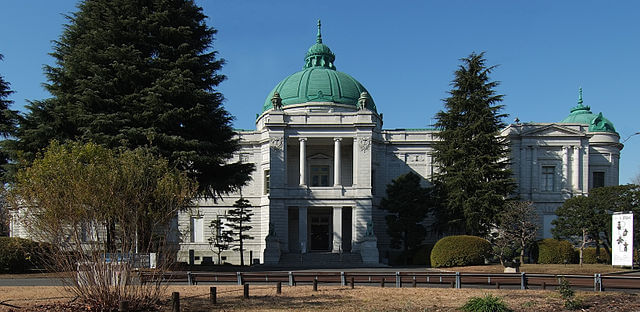
Planned to commemorate the marriage of the Crown Prince (later Taisho Emperor) in 1900, the building which was opened in 1909 and the green round roof was impressive Western building with impression of the Great Kanto Earthquake and air raid of World War II It is a precious building that passed through. It is designated as an important cultural asset as a building representative of Western-style architecture in the late Meiji era. Two lions will meet at the entrance, but it is an interesting point that if you look closely it is this lion, becoming anaghi and incorporating traditional Japanese though it is Western. Although Keio Hall is closed except during special exhibitions and event holdings, you can enjoy enough just by looking at the exterior.
Heiseikan
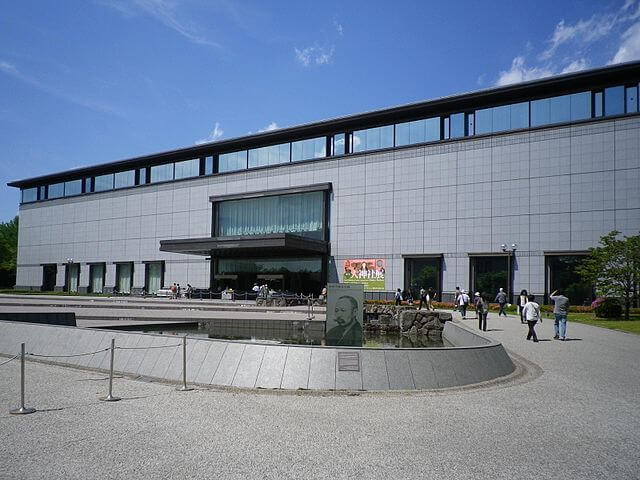
In commemoration of the wedding of the Crown Princess in 1999, the building opened in 1999, the special exhibition held in the exhibition room on the 2nd floor is one of the big attractions of the “Tokyo National Museum” where many people always visit and visit. However, the attraction of Heiseikan is not limited to special exhibitions. As the special exhibition is often attracted to, it is easy to overlook, but the real things like things you have seen in textbooks such as clay figures and clay rings with precious things displayed at the archaeological exhibition room on the first floor It is in line. Dolls and clay rings are different faces and shapes depending on where they were found and the age they were made, so it is fun and recommended to compare them.
Horyuji Treasures Hall
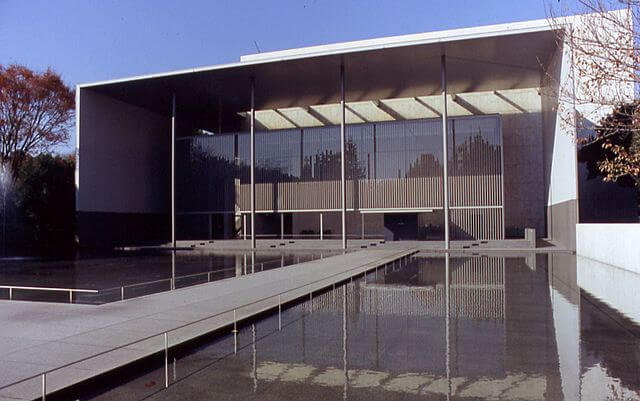
It is a building composed of vertical and horizontal buildings, 300 treasures of Horyuji Temple dedicated treasures transferred to the country after transfer from Horyuji to the Imperial House in the Meiji era are stored and exhibited. Horyuji Temple Donated treasure is more than 1200 years old since it was made and there are many fragile ones, so in the past she was limited to one day per week in consideration of preservation. After that, it was the current building that was rebuilt in 1999 to show the exhibition together with preservation. While the Shosoin Treasure is centered on the work of the 8th century, the treasure which is exhibited at the “Tokyo National Museum” Horyuji Treasure Hall is a huge feature that many works of the 7th century old one era are included.
Garden and tea room
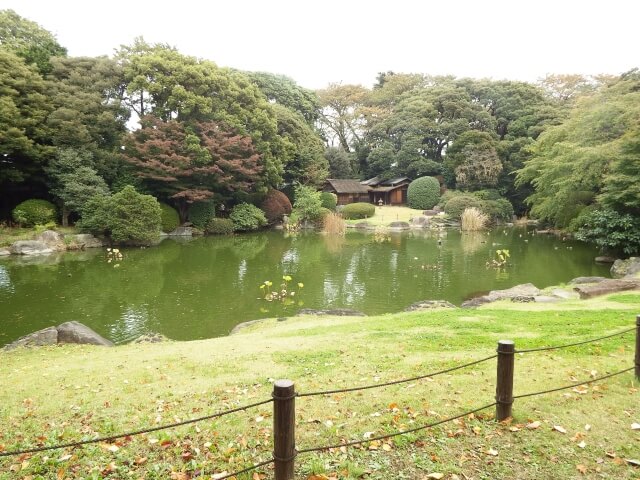
Since the garden on the north side of the main building can not usually enter, it can only look from inside the main building. However, since it is open to the public in spring and autumn, you can walk around freely.
In the garden coloring every season, such as cherry blossoms and autumn leaves, there are spectacular views of the 5th generation Shogun Tokugawa Tsunoshi dedicated to Horyuji Temple, stone monuments and lanterns. In addition, since five tea rooms built in the 17th and 18th centuries were relocated and stored, it is possible to see the appearance which is almost the same as at that time, borrowed for a fee and can be used for tea ceremonies and haikuo meetings.
Outdoor exhibition
The highlight of “Tokyo National Museum” is not only inside the building. It is the main gate of the mansion built in Edo, which is the large gate of Okina which was larger than the height of a human being attached to the outside of the Kuroda family of Daimyo and the Ikeda family of Daimyo who was based in Tottori prefecture, now designated as an important cultural property There is a valuable exhibit such as sculpture by Jenner, a British doctor who invented vaccinia, vaccinia, vaccinia can not be overlooked. It is an interesting point that the atmosphere changes depending on the weather as it is an outdoor exhibition.
Access to “Tokyo National Museum”

Summary
I introduced about “Tokyo National Museum” which was the first national museum in Japan, how was it?
There are more than 110,000 collections in the main exhibition hall such as the main building and the Heiseikan, and the theme park of Japanese art full of sightseeing places that can not be seen in one day, such as a garden that changes the expression by the four seasons.
If you try to see everything, it will be insufficient in a day, so if you have the exhibition you want to see by all means and you have plenty of time you should visit after deciding the priority order such as the exhibition you want to see.
Why do not you touch on the history of Japan and the Orient at “Tokyo National Museum” which is devised to enjoy even those who were not interested in arts and archeology.
